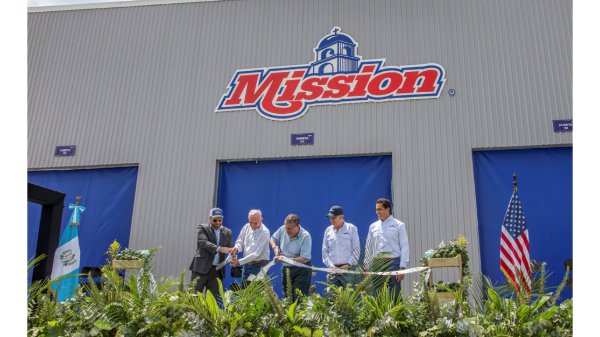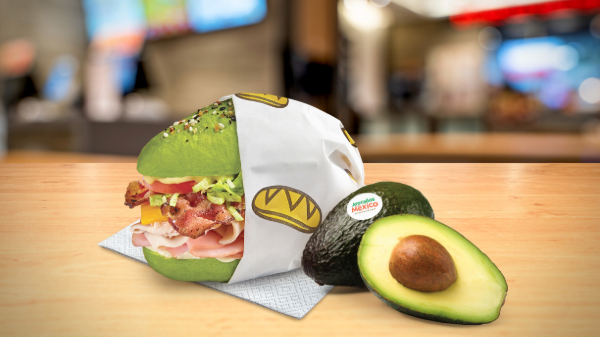Welcome to Blue Book!
Are you ready to join the thousands of companies who rely on Blue Book to drive smarter decisions? View our plans and get started today!
Still have questions? We’d love to show you what Blue Book can do for you. Drop us a line– we’ve been waiting for you.
While most practitioners do not see any real negatives to blockchain as a means of tracking and sharing information, there are likely to be some challenges when it comes to achieving widespread industry implementation.
All items must have a unique identifier, so its individual history can be tracked.
“The serialization is the hardest part,” says Justin Patton, director of the Radio Frequency Identification Lab at Auburn University, “the blockchain piece is the easy part.”
Scaling up may also present various challenges.
“It works great on a small scale, but to get to the point where you can share data from multiple companies with lots of brands is difficult,” he says.
“There’s always the chance for risk and reward by being an early adopter,” says Charlie Loes, director of technology at Robinson Fresh, headquartered in Eden Prairie, MN, especially with no clear or tangible return on investment on current blockchain projects.
“Until we understand the basic framework that will be acceptable to all industry participants, deep technology questions are best asked first instead of waiting for later,” says Jennifer McEntire, vice president of food safety and technology at United Fresh Produce Association in Washington, DC
“Blockchain affects the entire system holistically, so it’s important for everyone to be on the same page. You need standards and harmonization for this to work.”
Melanie Nuce, senior vice president of corporate development at GS1 US, also stresses the macro requirements.
“You need a common language to make business decisions and for interoperability and 100 percent buy-in for true produce traceability, so it needs to be a collaborative effort.”
Finally, it’s important blockchain service providers offer a good experience for all users, from the largest to the smallest. “You have to make the technology accessible to people with all levels of aptitude,” says Nuce.
There should also be processes in place to ensure data is validated for accuracy and captured properly by anyone involved.
“You need to do the basics right, or it will be garbage in, garbage out,” she says.
—–
This is an excerpt from the most recent Produce Blueprints quarterly journal. Click here to read the full article.








